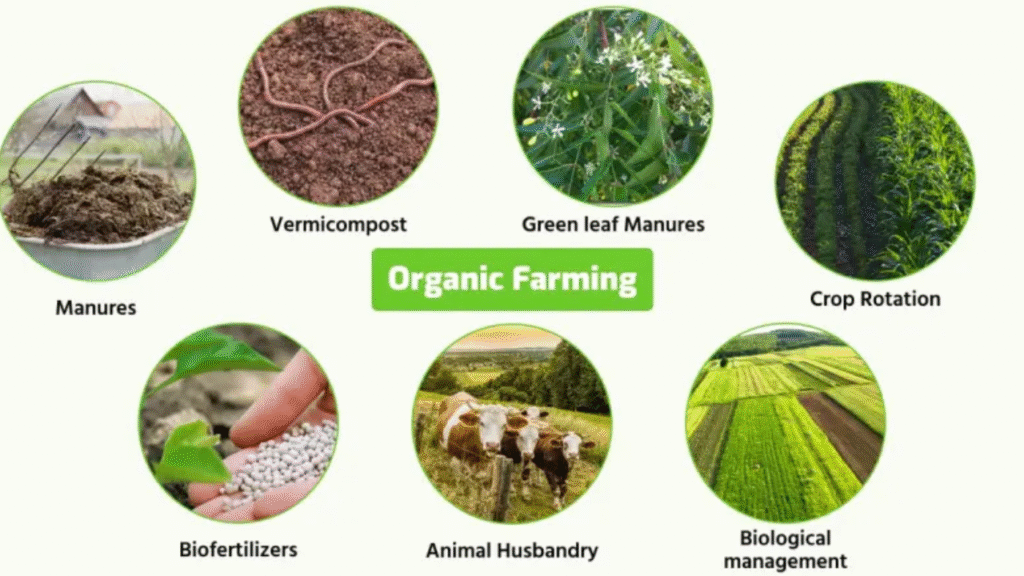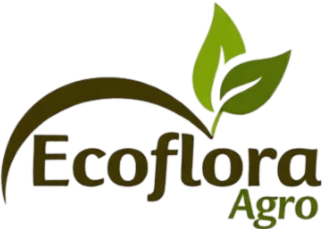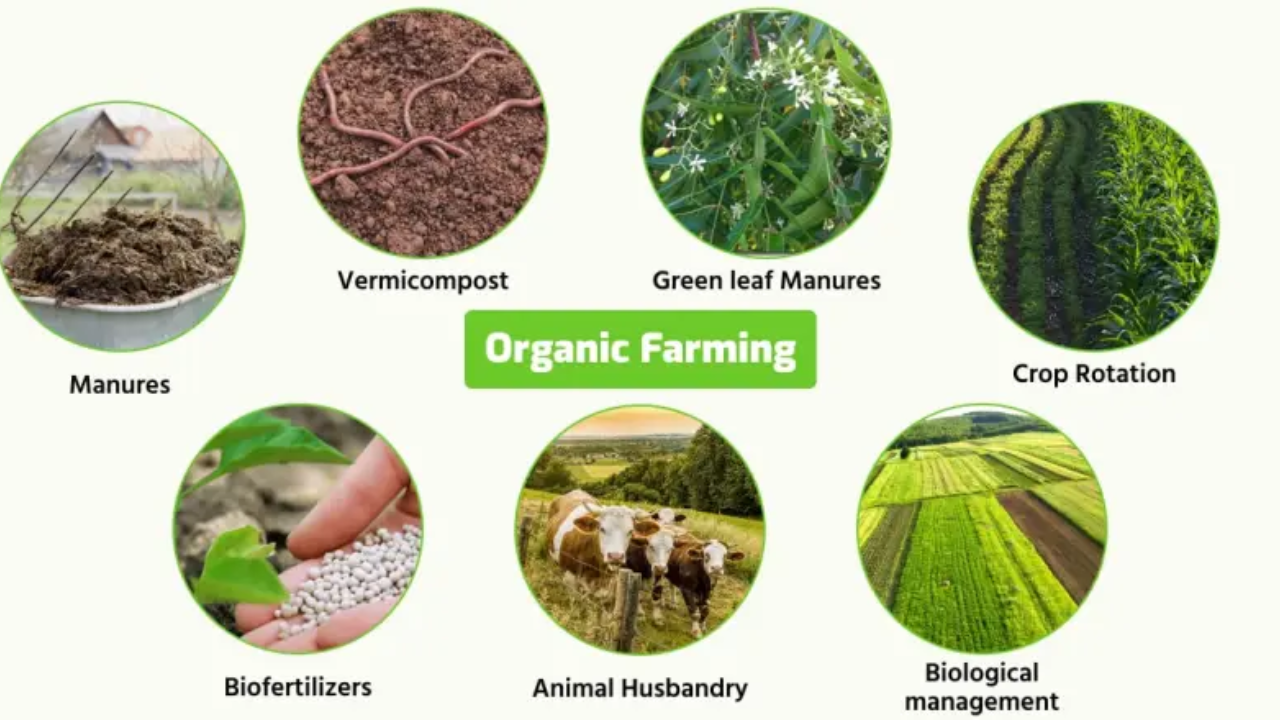
In the quest for safer, more sustainable agriculture, botanical extracts are emerging as powerful tools in the fight against plant diseases. These natural substances, derived from leaves, roots, seeds, flowers, and bark, offer broad-spectrum antimicrobial activity while reducing reliance on synthetic pesticides. From fungi and bacteria to viral pathogens, plant-based extracts present an environmentally friendly, residue-free, and farmer-accessible solution for modern crop protection.
This article explores how botanical extracts work, their benefits, mechanisms, and examples—highlighting their role as safer alternatives in disease control.
Overview Table: Key Botanical Extracts in Disease Management
| Botanical Source | Active Compounds | Target Pathogens | Mode of Action | Form of Use | Farming Benefits |
|---|---|---|---|---|---|
| Neem (Azadirachta indica) | Azadirachtin, Nimbin | Fungi, bacteria | Antimicrobial, growth inhibition | Oil, extract | Broad-spectrum, non-toxic |
| Garlic (Allium sativum) | Allicin | Fungi, viruses | Cell membrane disruption | Juice, macerate | Easily available, potent |
| Ginger (Zingiber officinale) | Gingerol, Zingerone | Soil fungi, bacterial blight | Antioxidant, antimicrobial enzymes | Rhizome extract | Enhances plant immunity |
| Eucalyptus (Eucalyptus spp.) | Cineole, Terpenes | Mold, mildew | Volatile inhibition, fumigant effect | Essential oil | Acts in post-harvest phase |
| Turmeric (Curcuma longa) | Curcumin | Root rot fungi, nematodes | Anti-inflammatory, antifungal | Powder, decoction | Boosts soil microbial health |
What Are Botanical Extracts?
Botanical extracts are concentrated natural solutions derived from plants through methods like cold pressing, maceration, distillation, or solvent extraction. These extracts contain bioactive compounds—secondary metabolites such as alkaloids, flavonoids, saponins, terpenoids, and essential oils—that suppress, inhibit, or kill pathogens.
Categories of Extracts Used in Agriculture:
- Antifungal
- Antibacterial
- Antiviral
- Nematicidal
- Systemic resistance inducers
How Botanical Extracts Control Plant Diseases
Botanical extracts act through multiple pathways, making them effective against a wide variety of pathogens while minimizing resistance buildup. Here are the main mechanisms of action:
1. Cell Membrane Disruption
Some extracts break down the lipid layers of fungal and bacterial membranes.
Example:
Allicin in garlic binds to sulfur-containing proteins in cell walls, causing leakage of cytoplasm and cell death.
2. Enzyme Inhibition
Certain compounds interfere with pathogen enzymes necessary for survival and replication.
Example:
Curcumin in turmeric inhibits fungal enzymes like laccase and cellulase, stunting hyphal growth.
3. Oxidative Stress Induction
Plant extracts can generate reactive oxygen species (ROS) inside pathogens, damaging their DNA and proteins.
Example:
Gingerol in ginger triggers oxidative bursts in soil-borne fungi like Fusarium spp.
4. Volatile Action
Some essential oils act through vapor-phase interaction, useful in controlling storage molds.
Example:
Eucalyptus oil inhibits spore germination in molds like Aspergillus and Penicillium through airborne exposure.
5. Immune Priming
Botanical extracts can enhance the plant’s own immune response, enabling faster defense activation upon pathogen attack.
Example:
Neem extracts stimulate systemic acquired resistance (SAR) in various crops.
Comparative Table: Common Extracts vs. Target Diseases
| Plant Extract | Major Compounds | Target Plant Disease | Application Form |
|---|---|---|---|
| Neem Oil | Azadirachtin, Nimbin | Anthracnose, downy mildew | Foliar spray |
| Garlic Juice | Allicin | Leaf spot, bacterial wilt | Foliar/soil spray |
| Ginger Extract | Gingerol | Rhizoctonia root rot | Soil drenching |
| Turmeric Decoction | Curcumin | Damping-off, nematodes | Seed treatment |
| Eucalyptus Oil | Cineole | Post-harvest molds | Vapor, spray |
Benefits of Botanical Extracts in Modern Farming
- Safe for Humans and Animals: Non-toxic, ideal for crops meant for direct consumption
- Environmentally Friendly: No chemical residue; supports organic certification
- Resistance Management: Multiple action modes reduce the chance of resistance development
- Cost-Effective for Local Use: Many extracts can be homemade or sourced locally
- Compatibility with Other Inputs: Can be integrated with organic fertilizers and biological control agents
Real-World Examples of Use
1. Neem Extract for Tomato Blight
Farmers in India have successfully reduced early blight incidence in tomato fields by spraying neem extract every 10 days, achieving nearly 60–70% disease reduction without using synthetic fungicides.
2. Ginger Extract in Paddy Fields
In Southeast Asia, ginger extract has been tested against Sheath blight in rice, showing strong suppression of Rhizoctonia solani, and improved plant vigor.
3. Turmeric for Seed Treatment
Turmeric decoction is often used to coat seeds before sowing, protecting against soil fungi and nematodes in legumes and pulses.
Challenges in Adoption
- Standardization Issues: Variable concentration and efficacy depending on source and extraction method
- Short Residual Activity: Requires more frequent applications compared to synthetic alternatives
- Storage and Shelf Life: Most homemade extracts have limited stability without preservatives
- Lack of Regulatory Framework: In many countries, they’re not yet fully recognized under pesticide law
The Future of Botanical Extracts in Disease Control
As the pressure grows to reduce chemical inputs, botanical extracts offer a promising pathway. Research and policy support are key to developing standardized formulations, improving shelf life, and scaling adoption in both organic and conventional farming systems.
With advances in biotechnology, it’s now possible to concentrate and stabilize these plant compounds, making them even more effective and commercially viable.
FAQs
Q1: Can botanical extracts completely replace synthetic pesticides?
In many cases, yes—especially in low-to-moderate disease pressure situations or integrated with other organic practices.
Q2: Are plant extracts safe for use on fruit and vegetable crops?
Absolutely. They are non-toxic and often used on edible crops without risk of harmful residues.
Q3: How often should botanical extracts be applied?
Generally every 7–14 days, depending on crop, disease severity, and local conditions.

